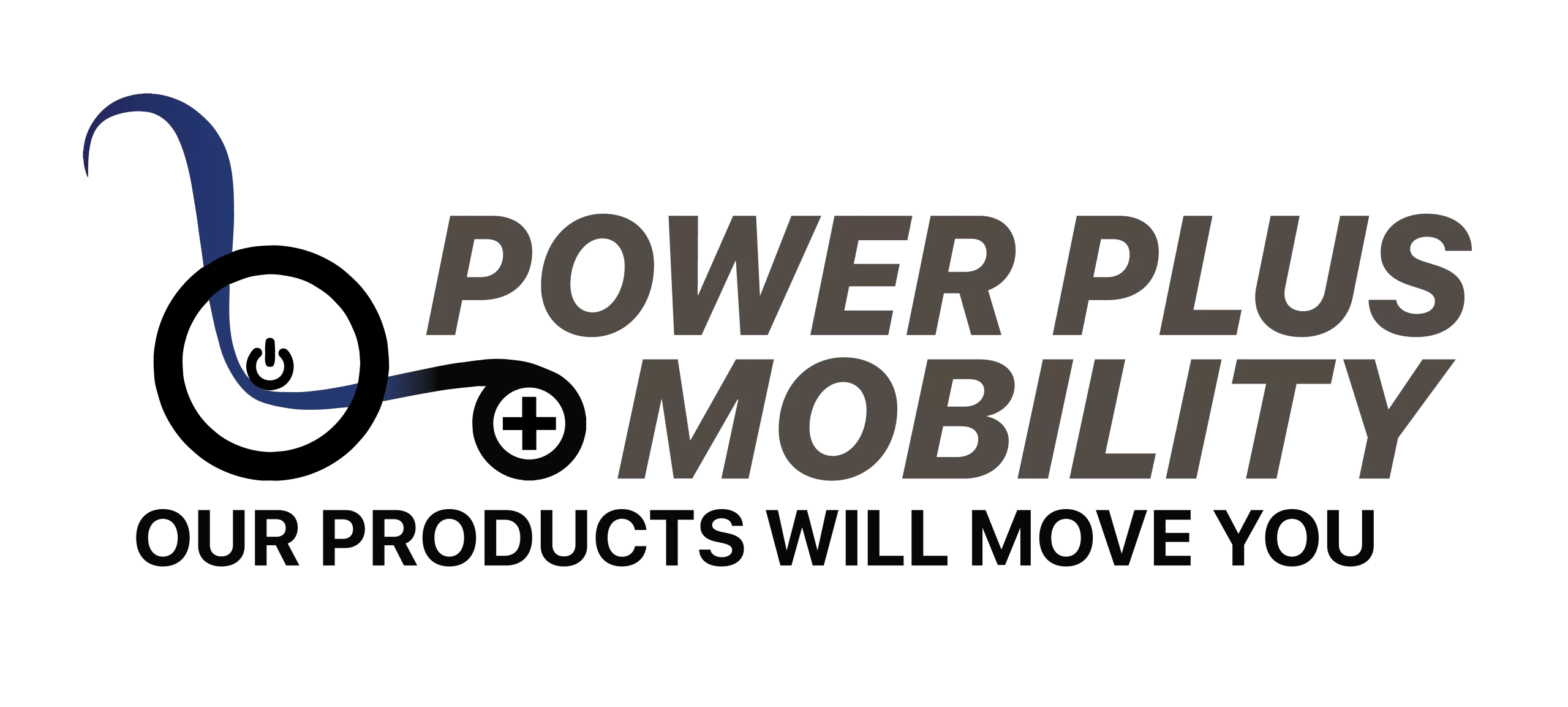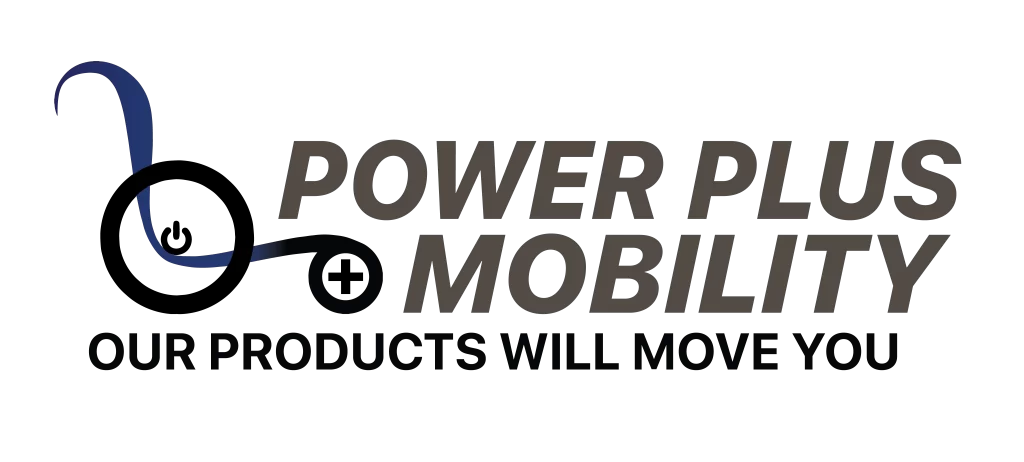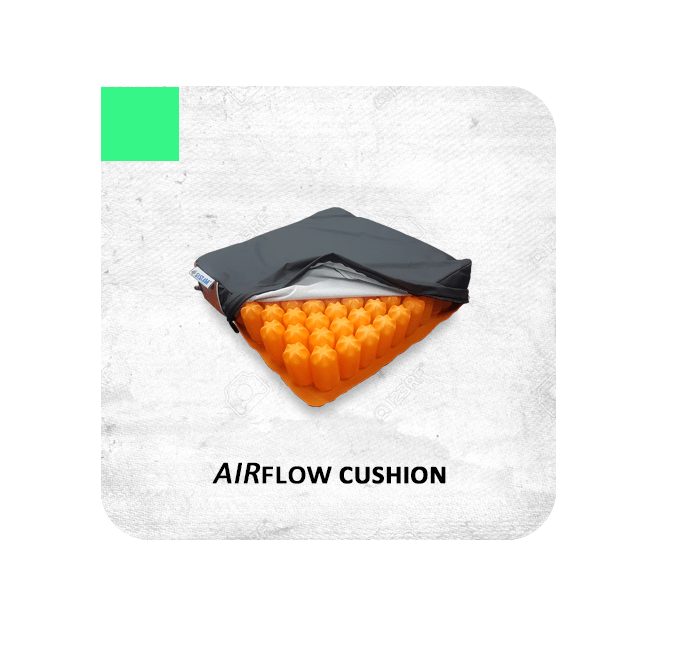
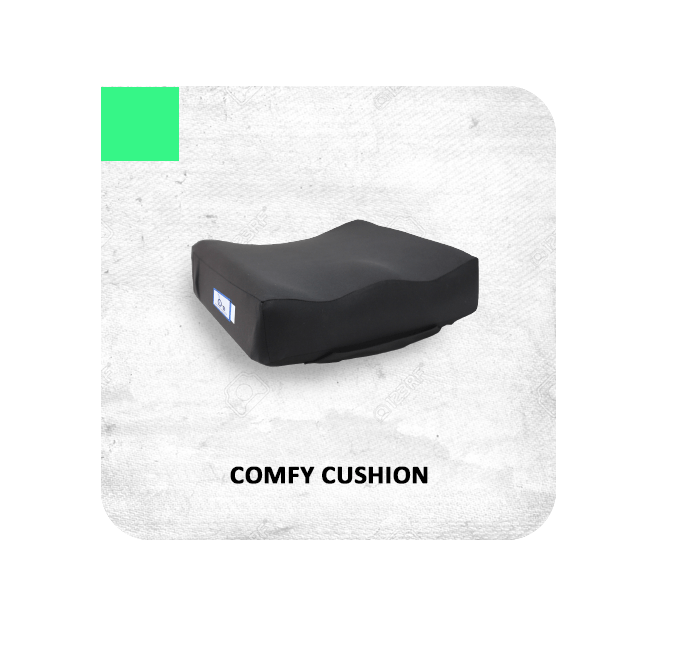
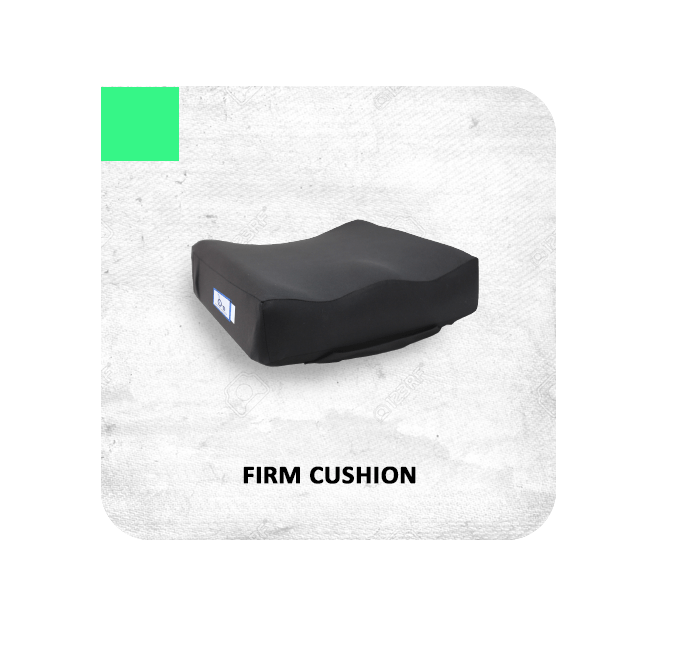
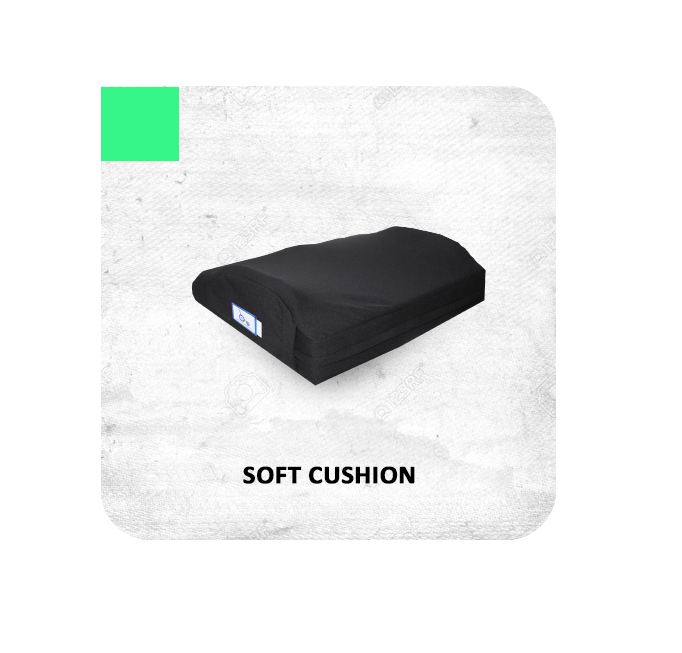
Selecting the right wheelchair cushion represents one of the most important decisions you’ll make for your long-term health and comfort. While wheelchairs themselves receive considerable attention during the selection process, the cushion you sit on for hours each day plays an equally critical role in preventing injuries, maintaining proper posture, and ensuring overall wellbeing. This comprehensive guide helps Canadian wheelchair users understand cushion types, features, and selection criteria to make informed decisions that protect their health while maximizing comfort.
Why Your Wheelchair Cushion Matters
A wheelchair cushion serves multiple essential functions beyond simple comfort. The right cushion prevents pressure injuries, supports proper positioning, distributes weight evenly, reduces pain and fatigue, maintains spinal alignment, and enhances overall quality of life. Conversely, an inappropriate or worn-out cushion can lead to serious health complications including pressure sores, back pain, poor posture, reduced circulation, and decreased independence.
Many wheelchair users underestimate their cushion’s importance, focusing primarily on the wheelchair itself. However, since you spend hours daily in contact with your cushion, it directly impacts your health more than almost any other wheelchair component. Investing time and resources into selecting the appropriate cushion prevents painful complications while dramatically improving your daily comfort.
Understanding Pressure Injuries
Pressure injuries, also called pressure sores or bedsores, develop when sustained pressure reduces blood flow to skin and underlying tissues. For wheelchair users who spend extended periods sitting, these injuries pose a constant risk. Pressure injuries range from mild skin redness to severe wounds extending through tissue layers, potentially reaching bone. Once developed, pressure injuries are difficult to heal, often requiring medical intervention and extended periods off the wheelchair.
Prevention is infinitely easier than treatment. Proper wheelchair positioning combined with an appropriate cushion provides the foundation for pressure injury prevention. High-risk areas include the tailbone, hip bones, shoulder blades, and heels—anywhere bony prominences contact seating surfaces.
Types of Wheelchair Cushions
Understanding available cushion types helps you identify which options best suit your specific needs, lifestyle, and risk factors.
Foam Cushions: The most common and economical option, foam cushions use various foam densities and layers to provide support and pressure distribution. High-quality foam cushions incorporate multiple foam types—firmer base layers for support with softer top layers for comfort. Foam cushions work well for lower-risk users, offer lightweight portability, require minimal maintenance, and provide good initial comfort. However, foam compresses over time, loses effectiveness faster than other materials, offers less pressure relief than advanced options, and requires more frequent replacement.
Gel Cushions: These cushions use gel inserts or layers that conform to body contours, distributing pressure more evenly than basic foam. Gel flows away from high-pressure points, reducing pressure concentration. Benefits include excellent pressure distribution, good temperature regulation, and conforming comfort. Drawbacks include heavier weight than foam, potential for gel migration over time, higher cost than basic foam options, and possible puncture vulnerability.
Air Cushions: Utilizing interconnected air cells, these cushions provide adjustable support and excellent pressure relief. Users can adjust firmness by adding or releasing air. Air cushions offer superior pressure distribution, adjustable support levels, lightweight options available, and excellent for high-risk users. Considerations include requiring regular air pressure checks, potential puncture vulnerability, need for proper inflation (too soft or too firm reduces effectiveness), and typically higher cost.
Hybrid Cushions: Combining multiple materials—often foam with gel or air components—hybrid cushions aim to provide benefits of different technologies while minimizing individual drawbacks. These cushions offer balanced performance across multiple factors, customizable support zones, good pressure relief with stability, and suitable for various risk levels. They typically cost more than single-material options and may be heavier than simple foam cushions.
Specialty Cushions: Advanced options including honeycomb designs, alternating pressure systems, and custom-molded cushions serve specific medical needs or high-risk situations. These often require professional assessment and fitting.
Key Features to Consider
Beyond cushion type, several features significantly impact performance and suitability for your needs.
Pressure Relief and Distribution: The cushion’s primary function involves distributing your weight evenly to prevent pressure concentration. Look for cushions specifically designed for your risk level—higher-risk users need more advanced pressure relief technology.
Positioning and Stability: Your cushion should support proper posture and positioning. Proper wheelchair sizing and positioning work together with your cushion to maintain spinal alignment and pelvic stability. Some cushions include contouring, wells, or buildups that help maintain positioning for users with specific positioning needs.
Cover Material: Cushion covers affect moisture management, temperature regulation, friction reduction, and durability. Quality covers use breathable, moisture-wicking fabrics that reduce heat buildup and perspiration. Some covers incorporate antimicrobial properties. Covers should be removable and washable for hygiene maintenance.
Size and Fit: Cushions must match your wheelchair dimensions and your body measurements. Too large creates overhang problems; too small provides inadequate support and may affect wheelchair stability. Measure your wheelchair seat carefully and consider your hip width when selecting cushion size.
Weight and Portability: If you transfer your cushion between wheelchairs or transport it frequently, weight becomes important. Lightweight options facilitate easier handling, especially important for manual wheelchair users who may need to lift cushions regularly.
Maintenance Requirements: Different cushions require varying maintenance levels. Air cushions need regular inflation checks. Gel cushions may need redistribution. Foam cushions require inspection for compression. Consider your ability and willingness to perform required maintenance when selecting cushions.
Climate Considerations: Canadian users face varying temperatures throughout the year. Some cushion materials retain heat, uncomfortable during summer. Others may feel cold initially in winter. Consider your climate and seasonal comfort needs.
Assessing Your Personal Needs
Choosing the right cushion requires honest assessment of your specific situation, needs, and risk factors.
Mobility and Transfer Capability: Your ability to shift weight, perform pressure relief, and transfer independently affects cushion requirements. Users with limited mobility need more advanced pressure relief technology. Those who can perform regular weight shifts may succeed with simpler options.
Daily Time in Wheelchair: Hours spent daily in your wheelchair directly correlate with cushion requirements. Full-time users need higher-performance cushions than occasional users. If you spend eight or more hours daily in your wheelchair, invest in quality pressure relief technology.
Existing Health Conditions: Conditions affecting skin integrity, circulation, sensation, or healing ability increase pressure injury risk. Diabetes, spinal cord injury, circulatory problems, and previous pressure injuries all necessitate higher-level pressure relief cushions.
Activity Level: Active users who participate in sports, outdoor activities, or physically demanding work need cushions providing stability during movement. Adaptive sports participants often benefit from firmer cushions offering stable platforms during athletic activities.
Lifestyle and Environment: Your daily activities, environments, and routines affect cushion selection. Office workers need different features than outdoor enthusiasts. Consider where you spend time and what challenges those environments present.
Professional Assessment and Fitting
While this guide provides valuable information, professional assessment remains crucial for optimal cushion selection. Certified seating specialists, occupational therapists, and physiotherapists specializing in wheelchair seating bring expertise that prevents costly mistakes.
Professional assessment includes pressure mapping showing exactly where pressure concentrates when you sit, postural analysis identifying positioning needs, risk assessment based on your health history, trial opportunities to test cushions before purchasing, and insurance documentation assistance. Many cushions qualify for insurance coverage, but require professional assessment and documentation. Working with qualified professionals ensures you receive appropriate equipment while maximizing insurance benefits.
Maintaining Your Wheelchair Cushion
Even the best cushion requires proper maintenance to maintain its protective properties and longevity.
Regular Inspection: Examine your cushion weekly for signs of wear, compression, damage, or loss of effectiveness. Foam cushions showing visible indentation after sitting should be replaced. Air cushions losing pressure overnight need repair. Gel cushions with hardened gel sections need replacement.
Cleaning and Hygiene: Wash removable covers according to manufacturer instructions—typically weekly or when soiled. Keep spare covers for continuous use while washing. Clean cushion surfaces regularly to prevent bacterial growth and odors.
Proper Storage: When not in use, store cushions flat to prevent material distortion. Avoid extreme temperatures that can damage cushion materials. Keep cushions away from direct sunlight, which can degrade foam and other materials.
Pressure Checks for Air Cushions: Check air pressure daily for air cushions. Maintain manufacturer-recommended inflation levels. Under-inflation reduces pressure relief effectiveness; over-inflation can bottom out, eliminating protection.
Rotation and Replacement: Even with excellent care, cushions wear out. Foam cushions typically last one to three years. Gel cushions last three to five years. Air cushions last three to five years with proper maintenance. Replace cushions when they show significant wear or lose effectiveness.
Insurance and Funding Considerations
Wheelchair cushions often qualify for insurance coverage or funding assistance through various Canadian programs. Understanding funding options helps access appropriate equipment without overwhelming financial burden.
Provincial health programs, private insurance plans, veterans’ benefits, and workplace insurance may cover cushion costs. Documentation from healthcare professionals proving medical necessity strengthens funding applications. Keep detailed records of assessments, prescriptions, and medical recommendations.
Red Flags: When to Replace Your Cushion
Certain signs indicate your cushion no longer provides adequate protection and requires replacement. Bottom out—feeling the wheelchair seat through the cushion—signals complete loss of protective function. Visible permanent compression, tears or damage to cushion materials, increased discomfort during normal use, development of pressure injuries, and loss of positioning support all necessitate immediate cushion replacement.
Never continue using a worn-out cushion to save money. The medical costs and personal suffering from pressure injuries far exceed cushion replacement costs. Your health and comfort depend on properly functioning cushioning.
Making Your Final Selection
After considering cushion types, features, personal needs, and professional recommendations, you’re ready to make your selection. Prioritize pressure relief and positioning support over comfort alone—initial comfort doesn’t always correlate with long-term health protection. Consider your complete situation including daily routine, activity level, transfer ability, risk factors, and budget constraints.
Quality cushions represent significant investments, but they’re investments in your health, comfort, and independence. Choosing appropriate cushioning prevents complications that could cost far more in medical care, lost productivity, and reduced quality of life.
Power Plus Mobility’s Commitment to Your Comfort
At Power Plus Mobility, we understand that comprehensive wheelchair comfort extends beyond the chair itself to include every component supporting your daily mobility. Our Canadian-made wheelchairs are designed with seating systems that integrate properly with quality cushioning solutions.
Our team can provide guidance about cushion compatibility with your wheelchair, recommendations for appropriate cushion types based on your chair model, and information about accessories that enhance your daily living including cushioning options.
For more comprehensive information about wheelchair comfort, positioning, and maximizing your independence, explore our complete blog collection covering every aspect of wheelchair living in Canada.
Investing in Your Health
Your wheelchair cushion protects your health every moment you’re seated. While the selection process may seem complex, taking time to choose appropriately prevents serious complications while dramatically improving your daily comfort and quality of life. Work with qualified professionals, honestly assess your needs and risk factors, prioritize pressure relief and positioning support, maintain your cushion properly, and replace worn cushions promptly.
The right cushion transforms your wheelchair experience from merely functional to genuinely comfortable while providing the medical protection you need for long-term health. Make this important decision carefully, invest in quality that protects your wellbeing, and enjoy the confidence that comes from knowing you’re sitting on equipment designed to keep you healthy and comfortable throughout every day.
To visit our social media, please click on Facebook and Instagram
